How long does a dehumidifier take to dry out a room? Experts warn these 4 things could be adding hours (or even days) to the job
So, how long do you actually need to keep your dehumidifier running for?

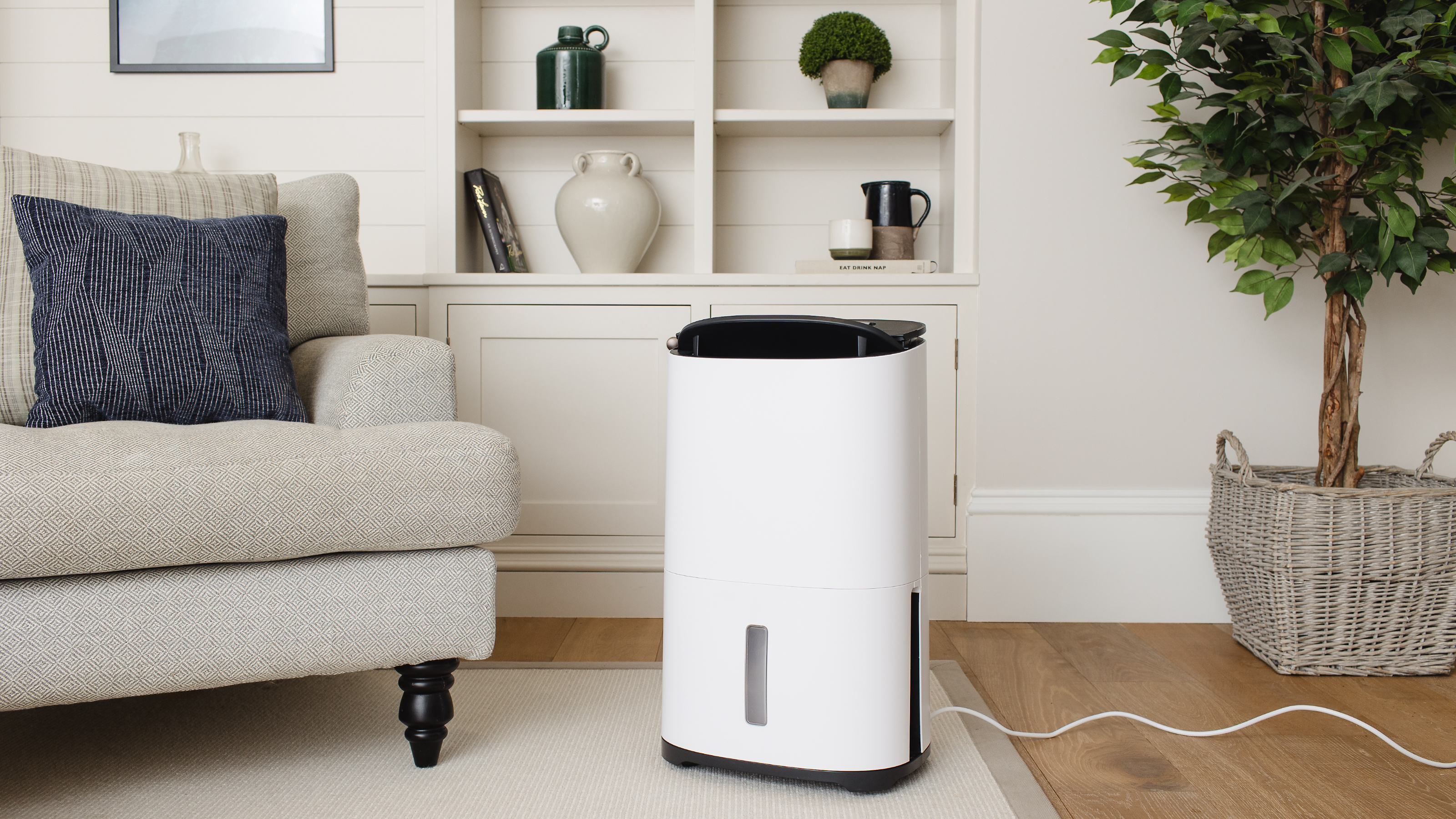
It’s well-documented that dehumidifiers will absorb the excess moisture in your home, creating a healthy humidity for you and your family. But if you’re conscious of another appliance affecting your energy bills, it can be helpful to know how long a dehumidifier takes to dry out a room?
The best dehumidifiers are ideal for the winter months, but turning them off and on can break your heart a little when you’re trying to save energy at home. After all, the longer it’s on, the more it’ll cost you to run. That’s why knowing how long it takes to work its magic can help you understand how long you need to keep it on to avoid making dehumidifier mistakes.
Chris Michael, Meaco’s managing director, explains, ‘Generally, you can expect noticeable results within a few hours when using an appropriately sized dehumidifier for the space.’ However, if you want to know exactly how long a dehumidifier takes to dry out a room, you need to consider a few different factors.

Chris has been advising on humidity solutions and dehumidifiers since 1991 and is well known within the dehumidifier industry across the world as a lead on innovation and sustainability. Since the mid-90s Chris has been a guest speaker at numerous conferences to teach museum conservators how to measure relative humidity. With a wealth of experience in the industry, Chris is committed to helping provide low-energy and low-noise solutions appliances that improve the lives of customers.
1. The size of the room
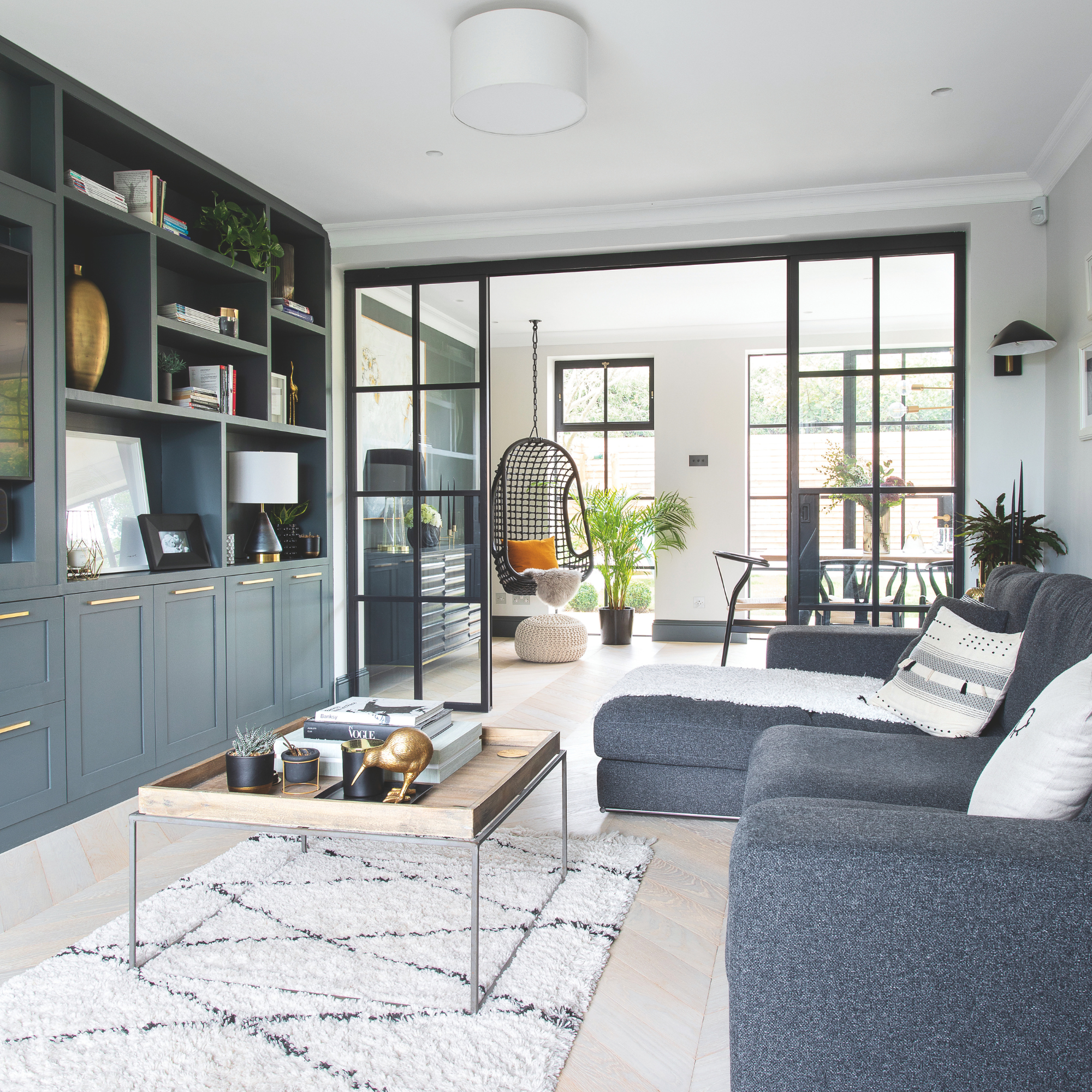
Size really does matter when it comes to dehumidifiers. And just as you can’t use a small plug-in heater to heat a large open-plan living room, you also can’t use a small dehumidifier to dry it out. It won’t even touch the sides and will take much longer to work its magic.
This is supported by Adele Brennan, Home Electricals Buyer at Vonhaus, who says, ‘The larger the room, the more powerful the dehumidifier needs to be.’ But it’s important to note that the size of a dehumidifier isn’t about the physical size of the appliance.
Instead, choosing the choosing the right size dehumidifier is all about the extraction rate - the amount of water it can remove from the air in a given period. It’s this extraction rate that will ultimately impact how long a dehumidifier takes to dry out a room.
Chris explains, ‘Dehumidifiers are generally named after the amount of water they can extract in 24 hours, i.e. 8L, 10L, 12L, 20L and so on. The extraction rate of the dehumidifier you choose should align with the overall size of the property. For a two-bedroom house, a small to medium-sized dehumidifier, typically an 8L desiccant or either a 10L / 12L compressor dehumidifier, will be the right size. For larger properties, a 20L or 25L is more suitable.’
Sign up to our newsletter for style inspiration, real homes, project and garden advice and shopping know-how
So, if you want to dry out a room quickly, you must choose a dehumidifier appropriate for the room size.
2. The humidity level

If you want to prevent mould and keep your home a happy and healthy place to live, you should always aim to reach the ideal humidity level of a room. This is the same across the board, with experts agreeing that a relative humidity of between 40 and 60%rh is perfect.
However, every home is different, and this will ultimately affect how long it takes a dehumidifier to dry out a room. And the higher the humidity, the longer it will take. So, this is something to consider if you’ve only just started using a dehumidifier in your home.
‘If you’re using a dehumidifier in a damp room for the first time, it may take significantly longer—sometimes even days—to dry out the space, as moisture is often absorbed into walls, floors, wood and soft furnishings,’ warns Chris.
But if your aim is to keep a dehumidifier running to prevent damp, it’s well worth investing in a smarter model that will allow you to set a target humidity. Chris explains, ‘The dehumidifier will work hard to extract this excess moisture and, if set to a target humidity, will automatically switch off once the desired level is reached, turning back on only if it detects an increase.’
And while the initial dehumidifying session could take a few days (or even weeks in extreme cases) to reach this ideal humidity, it won’t have to stay on for as long as that afterwards - as only minor changes should be detected. So, it will take your dehumidifier less time to dry out a room.
3. Underlying damp issues in your home
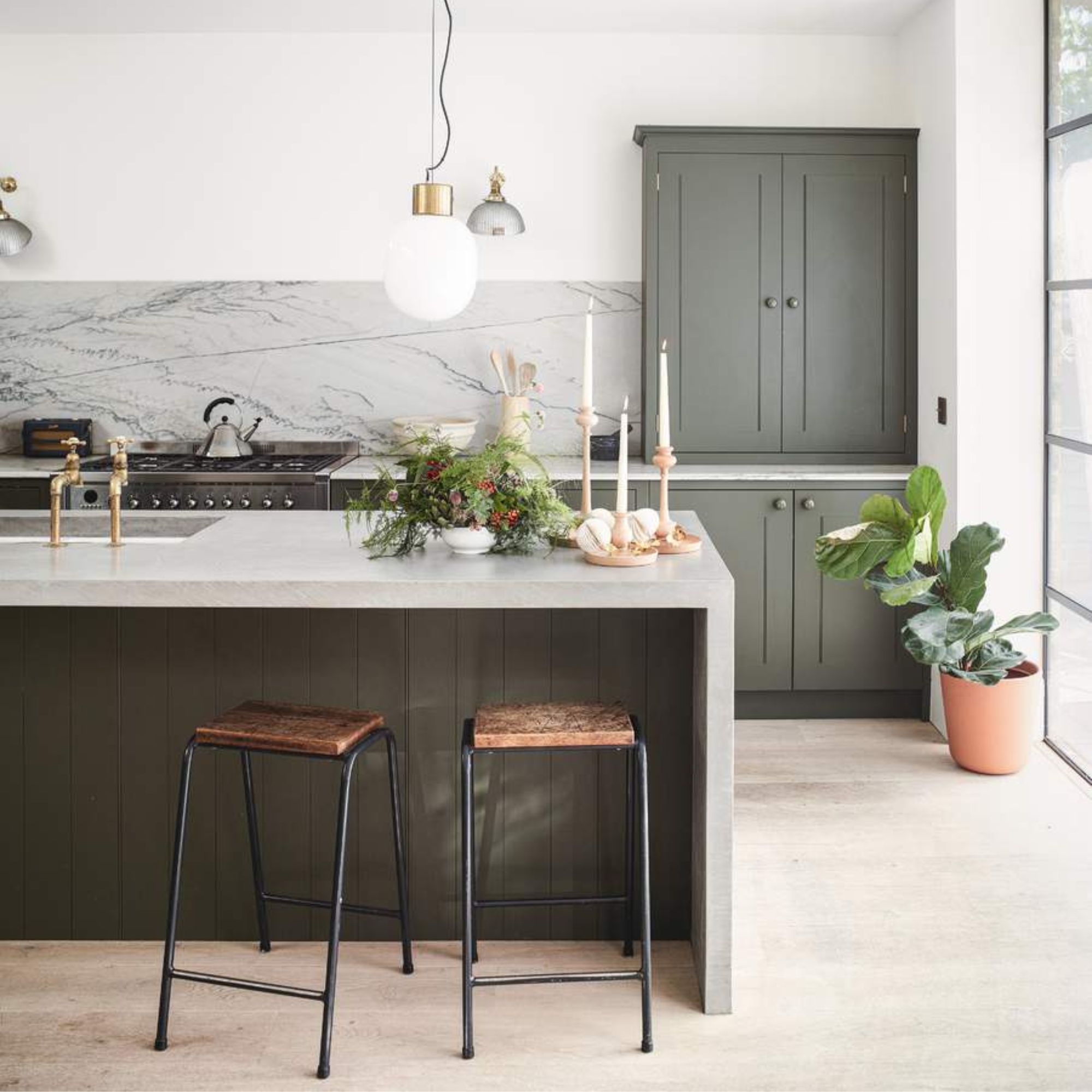
A dehumidifier can certainly work miracles in a damp home, but even this magical appliance has its limits. And while a dehumidifier can dry out damp walls, it can’t solve any underlying damp issues in your home.
This is made even more complicated by the fact that there are many types of damp out there, from simple lifestyle damp to more serious penetrating damp. The only way to solve many of these different types is to fix the root cause - and a dehumidifier won’t do that.
You may have to keep a dehumidifier running for weeks or even months if you don’t fix what’s causing the excess moisture in the first place. This is not something you want to do for the sake of your energy bills and the structural integrity of your property.
So, you should always treat the underlying cause before relying on a dehumidifier to dry out your room.
4. How well the dehumidifier is maintained

The efficiency and the drying speed of a dehumidifier are also impacted by your choices - which means you must maintain and clean your dehumidifier regularly.
You should occasionally clean the filter and empty the water tank as it fills up. This is echoed by Katie Holland, Marketing Manager at Zanussi Comfort & Outdoors, who says, ‘Correct maintenance is key to ensure the dehumidifier runs as efficiently as possible. Always empty the water tank on a regular basis, as a full tank will cause the dehumidifier to overwork.’
And if you want to reduce the amount of time it takes a dehumidifier to dry out a room; you should also put it in the correct location. Aim to place your dehumidifier in the centre of the room rather than in the corner or against a wall, and avoid the worst places to put a dehumidifier to reduce drying speed.
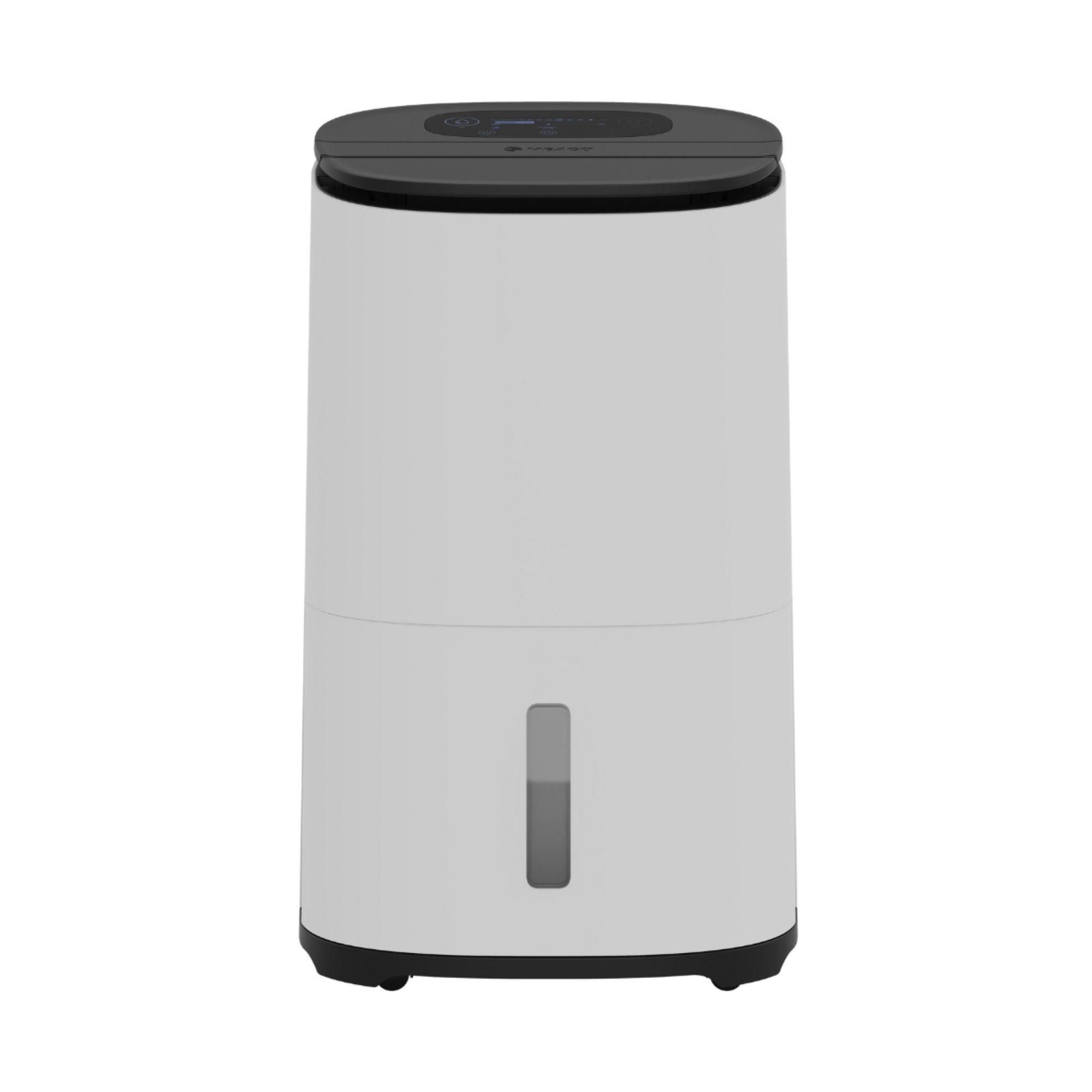
In our guide, we crowned this dehumidifier the 'best dehumidifier overall', so it's no wonder that it constantly sells out. If you can't find it in stock, the MeacoDry Arete One (its predecessor) is a great alternative.
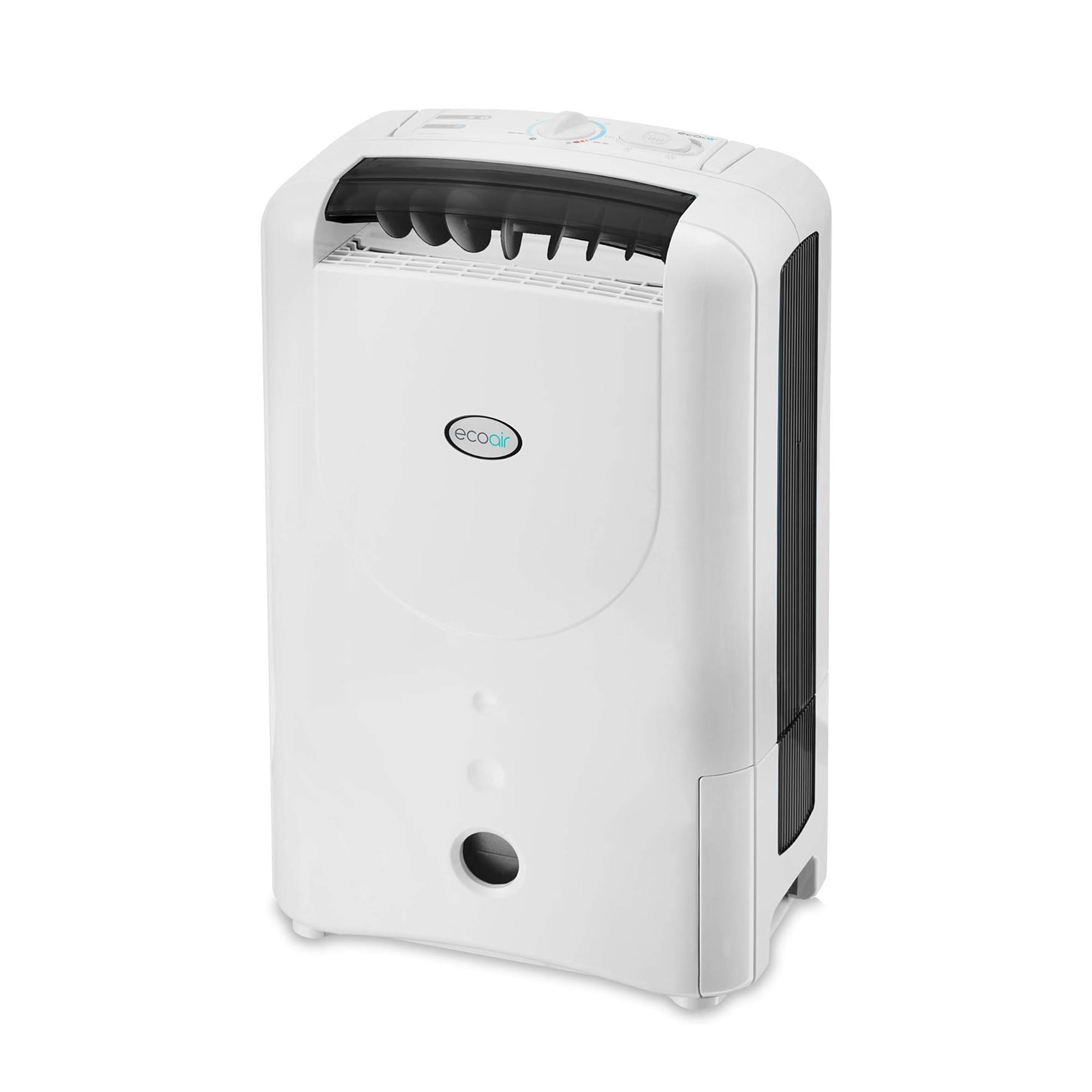
This desiccant dehumidifier is ideal for all rooms, including ones that get a little colder during the winter months. It's also ideal for rooms where you regularly dry washing.
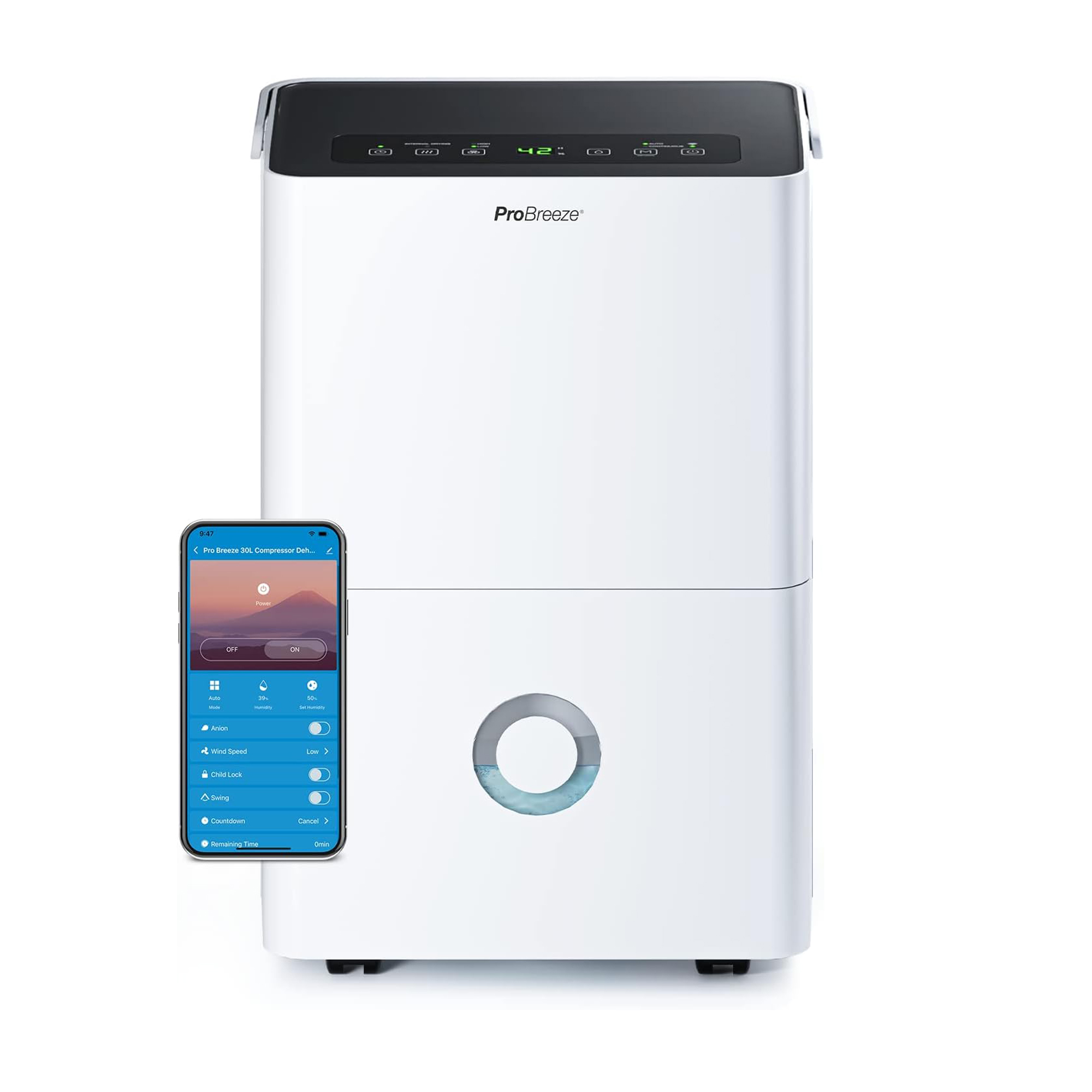
This dehumidifier has the highest capacity of any other we've tested and can extract up to 30L of moisture from the air per day. This means it should dry out your room quicker.
FAQs
Is it better to run a dehumidifier at night or day?
Ultimately, this all depends on your needs. It’s perfectly safe to run a dehumidifier either during the day or at night, so you need to find something that works for you, your house, and your humidity levels.
If you’re not at home during the day, it makes sense to have your dehumidifier running overnight to work its magic. If you work from home during the day, you may want to keep it on during the day.
Alternatively, you could choose a dehumidifier that automatically turns itself off when it reaches the ideal humidity, so you’re only using it when your home needs it.
Why is my dehumidifier filling up so fast?
There are a few reasons why your dehumidifier may be filling up so fast. These include:
- Your home is incredibly humid, and there’s a lot of excess moisture in the air.
- It’s positioned too close to a water source.
- The dehumidifier is too small for your needs.
- You have a serious damp issue in your home.
- The dehumidifier and its filter need to be cleaned.
- Your house is too cold.
So, by considering all of the above, you should be able to determine how long it takes a dehumidifier to dry out a room.

Lauren Bradbury has been the Content Editor for the House Manual section since January 2025 but worked with the team as a freelancer for a year and a half before that. She graduated with a Bachelor’s degree in English and Creative Writing from the University of Chichester in 2016. Then, she dipped her toe into the world of content writing, primarily focusing on home content. After years of agency work, she decided to take the plunge and become a full-time freelancer for online publications, including Real Homes and Ideal Home, before taking on this permanent role. Now, she spends her days searching for the best decluttering and cleaning hacks and creating handy how-to guides for homeowners and renters alike, as well as testing vacuums as part of her role as the Ideal Home Certified Expert in Training on Vacuums, having spent over 110 hours testing different vacuum models to date!